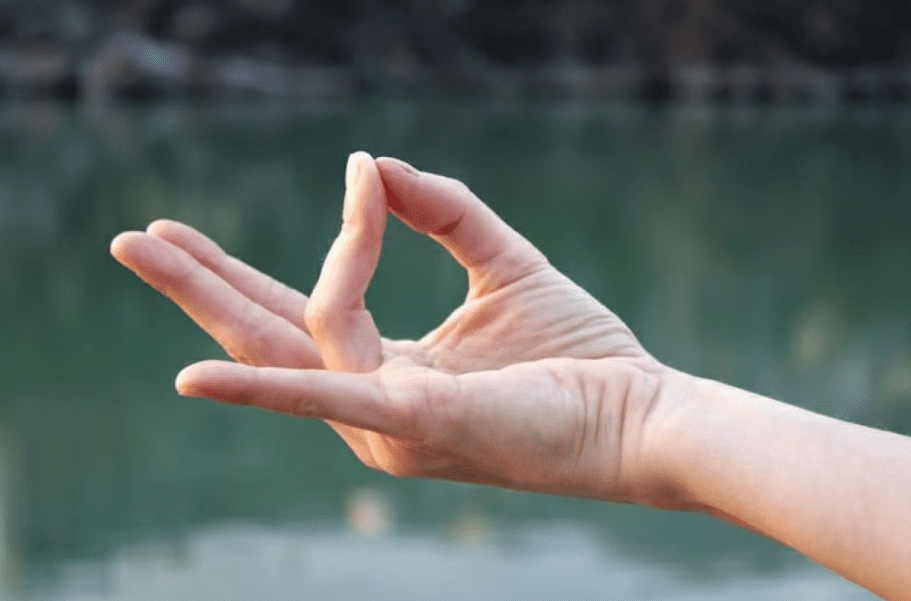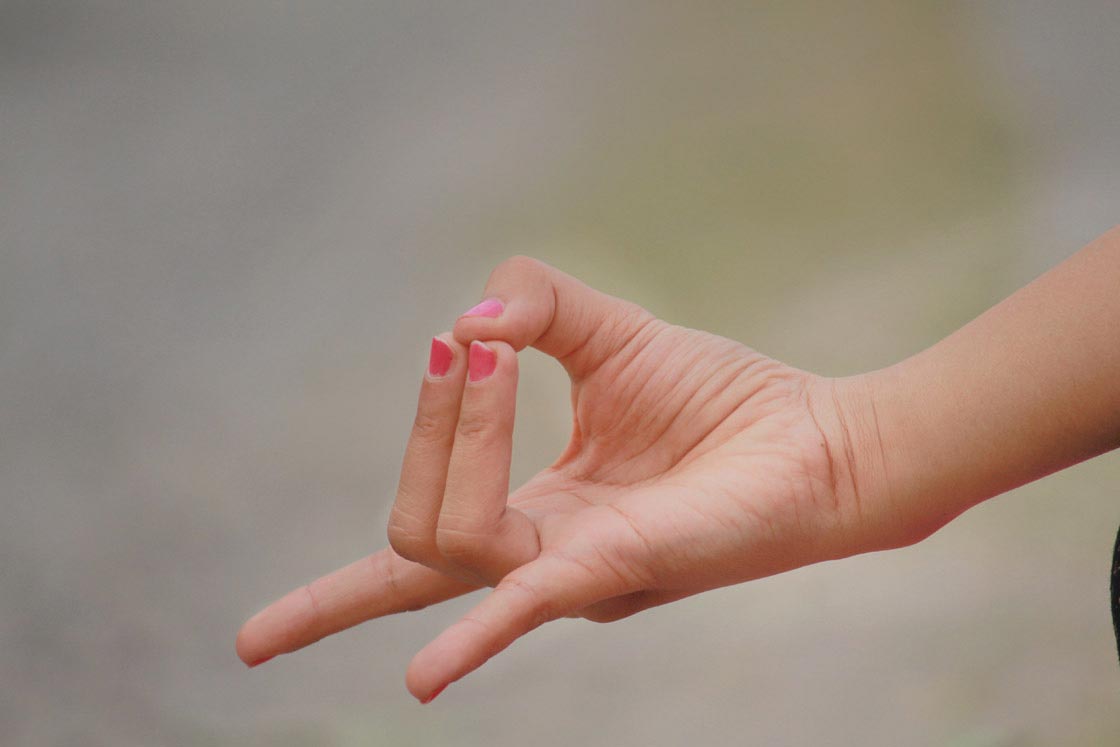Life can get really busy and sometimes feels like a roller coaster. But guess what? Yoga for peace of mind can be like your calm in the storm. It’s not just about twisting and turning your body; it’s more about finding a quiet spot in your mind. This article is all about showing you how yoga poses for peace of mind can bring peace to your mind with easy steps. Whether it’s through calming yoga moves, easy meditation, or simple hand gestures called mudras, you’re on your way to feeling more relaxed and clear-headed.
What is Yoga for Peace of Mind?
Yoga for peace of mind is about doing simple yoga moves, breathing in a certain way, and sitting quietly to help your mind settle down. It’s like giving your busy mind a little break so you can feel more relaxed. Finding peace of mind in today’s fast-paced world can seem like a daunting task. However, meditation offers a straightforward and effective way to calm the mind and reduce stress. Let’s explore some simple steps and practices that can help you achieve a state of inner peace through meditation.
What is Peace of Mind Meditation?

Peace of mind meditation is about focusing your attention in a way that helps you feel calm and relaxed. It’s about finding a quiet space within yourself, even when everything around you is chaotic. This type of meditation can help you feel more at ease with yourself and the world, making life’s ups and downs easier to handle.
How to Meditate for Peace of Mind:
- Find a Quiet Spot: Choose a place away from noise and distractions. This could be a corner of your room, a peaceful garden, or anywhere you feel comfortable and undisturbed.
- Start with Deep Breathing: Focus on your breath. Take a deep breath in, hold it for a moment, and then slowly breathe out. Deep, conscious breathing helps calm the mind and is a great way to start your meditation.
- Practice Mindfulness: Pay attention to the present moment without judgment. Notice your thoughts, feelings, and sensations, but let them pass without getting attached to them. This practice helps cultivate a peaceful state of mind.
- Visualize a Peaceful Place: Imagine a place where you feel completely at peace. It could be a beach, a forest, or a favorite childhood spot. Engage all your senses to make the experience as vivid as possible. This visualization can act as a mental escape, helping you achieve inner peace.
- Cultivate a Positive Mindset: Start your day by focusing on positive thoughts. Write down what you’re grateful for or what you’re looking forward to. If negative thoughts creep in, consciously replace them with positive ones.
- Develop Self-Love: Remember, loving others starts with loving yourself. Schedule time for activities that make you happy and help you relax. This could be reading, taking a bath, or practicing yoga.
- Connect with Nature: Spending time in nature can have a soothing effect on the mind. Whether it’s a walk in the park or just sitting in your garden, connecting with the natural world can help instill a sense of peace.
Benefits of Meditation for Peace of Mind:

Meditation has numerous benefits for both mental and physical health. It can reduce stress, improve focus and concentration, enhance emotional well-being, and even improve sleep quality. Regular meditation practice can also lower blood pressure and strengthen the immune system.
If you’re new to meditation, start with just a few minutes each day and gradually increase your practice. Remember, there’s no right or wrong way to meditate. The key is to find what works best for you and to be consistent with your practice.
By incorporating these simple steps into your daily routine, you can find a sense of calm and peace amidst the chaos of everyday life. Peace of mind meditation is a powerful tool that can help you navigate life’s challenges with grace and ease.
Mudra for Peace of Mind:
Mudras, or hand gestures used in yoga, are powerful tools for achieving peace of mind and enhancing your meditation practice. They are based on the principle that different areas of the hand stimulate specific areas of the brain, thus promoting health and well-being. Here are some effective mudras for peace of mind, drawn from ancient Hindu and Buddhist traditions:
1. Jnana Mudra (Mudra of Knowledge)

- How to Do It: Touch the tip of your index finger to the tip of your thumb, with the other three fingers straight but relaxed. Rest your hands on your thighs or in your lap.
- Benefits: This mudra for peace of mind is comforting and helps focus inward, preparing you mentally for meditation or deep yoga practice. It’s associated with wisdom and knowledge.
2. Dhyani Mudra (Meditation Mudra)

- How to Do It: Sit with your right hand on your lap, palm facing up. Place your left hand on top of your right with your palms facing up, and gently touch the tips of your thumbs together.
- Benefits: This mudra for peace of mind promotes a sense of centeredness and peace. It’s traditionally used to bring about a state of deep meditation and to symbolize emptiness.
3. Prithivi Mudra (Earth Mudra)

- How to Do It: Touch the tip of your ring finger to the tip of your thumb, with the other fingers extended. Perform this with both hands.
- Benefits: It’s believed to strengthen and restore the body, making you feel more connected and centered. This mudra for peace of mind is especially good if you need a “pick-me-up” or want to feel more grounded.
4. Lotus Mudra

- How to Do It: Bring your thumbs, pinkies, and the bases of your palms together. Separate the centers of your palms slightly while keeping the other fingers together, mimicking the opening of a lotus flower.
- Benefits: The Lotus Mudra is a beautiful expression of love, purity, and the potential for enlightenment. It reminds us to stay open and receptive to the possibilities around us, serving as a mudra for peace of mind.
5. Atmanjali Mudra (Namaste Mudra)

- How to Do It: Bring your palms to touch in front of your heart, fingers pointing upward, with the thumbs lightly touching the heart area.
- Benefits: This mudra for peace of mind represents honor, gratitude, and the acknowledgment of the divinity in ourselves and others. It’s a common way to end yoga classes, symbolizing respect and a shared spiritual connection.
Incorporating these mudras for peace of mind into your daily routine can help you achieve a state of calm and tranquility. Whether you’re new to meditation or a seasoned practitioner, these hand gestures can enhance your practice and contribute to your overall well-being.
Additional Mudras for Peace of Mind:
Apana Mudra: Helps promote inner peace and calmness, eliminates toxins, and balances the mind.

Adhi Mudra: Offers extra support and balance, supporting mental and physical relaxation.

Hridaya Mudra: For inner guidance, self-compassion, and stress relief. It supports the heart chakra.

Mudras can be practiced anywhere and at any time, making them a versatile addition to your wellness routine. Whether you’re sitting in meditation, lying down, or even watching TV, incorporating these hand gestures can significantly enhance your mental and physical health. They are a testament to the power of our bodies to heal and calm the mind through simple, intentional movements.
Some yoga moves are great for helping you feel more peaceful. For example, poses like touching your toes or lying on your back with your knees bent can help your body feel less tense and your mind feel quieter.
To really feel the benefits of yoga for peace of mind, try to do it every day. Even just a few minutes can make a big difference in how you feel. It can help you sleep better and enjoy your day more.
Using yoga for peace of mind is a simple and effective way to help you feel less stressed and more peaceful. With easy yoga moves, breathing, and quiet time, you can find a little bit of calm in your day.

